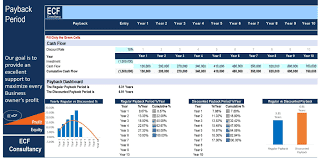What is a Cap Table – Example
A Capitalization Table or known as Cap Table is a financial spreadsheet for a startup business or early venture that lists all the business’s securities such as stocks, preferred shares, warrants, etc. and who owns those securities. Basically, a cap table’s purpose is to tell the user ‘who owns what’. Hence, it is best to create a cap table first before other documents start to pile up. After several times of financing, a cap table become more complex as it adds up other lists such as sources of financing, initial public offerings, mergers and acquisitions, and other transactions. Usually, it’s the executives who manage all these transactions and documents accurately as a reference since the start of the business and cap tables are mostly used at certain events like ownership dilution, employee stock options and issuance of new securities.
The most common way to make a cap table is in a spreadsheet templates form. Its form must be simple and in an organized layout as to clearly show the information needed to be conveyed e.g. number of shares. The usual format is to list the name of investors/security owners on the first column (Y-axis), while the type of securities should be listed on the rows (X-axis).
On an Excel file, listed on the first row should indicate the total number of shares while the subsequent rows should be the following:
• Authorized shares – Number of shares that the company is allowed to issue
• Outstanding shares – Total shares currently held by all shareholders
• Unissued shares – These are the shares that have not been issued
• Shares reserved for stock option plan – Also unissued shares but are reserved for future hires
On a separate table within the capitalization table, the following should be included:
• Names of Shareholders
• Shares owned by each shareholder
• Stock Options
• Fully diluted shares (Total outstanding shares)
• Options remaining
Cap tables must be kept updated at all times so that you can make good decisions to further raise your capitalization. Cap tables are also very useful when you’re considering for new financing, as you can run different simulations from different assumptions. To see a cap table example or if you want to create a cap table, you can check it out here Cap Table Templates.



Comments
Post a Comment